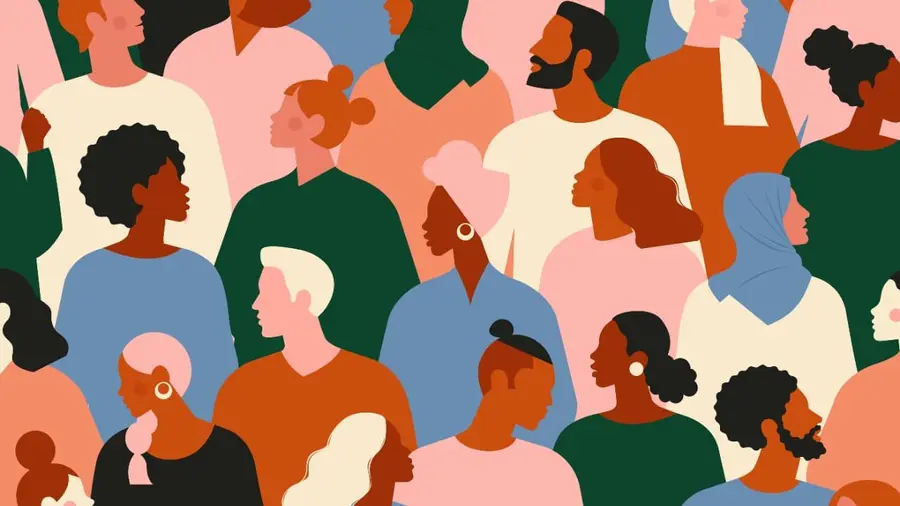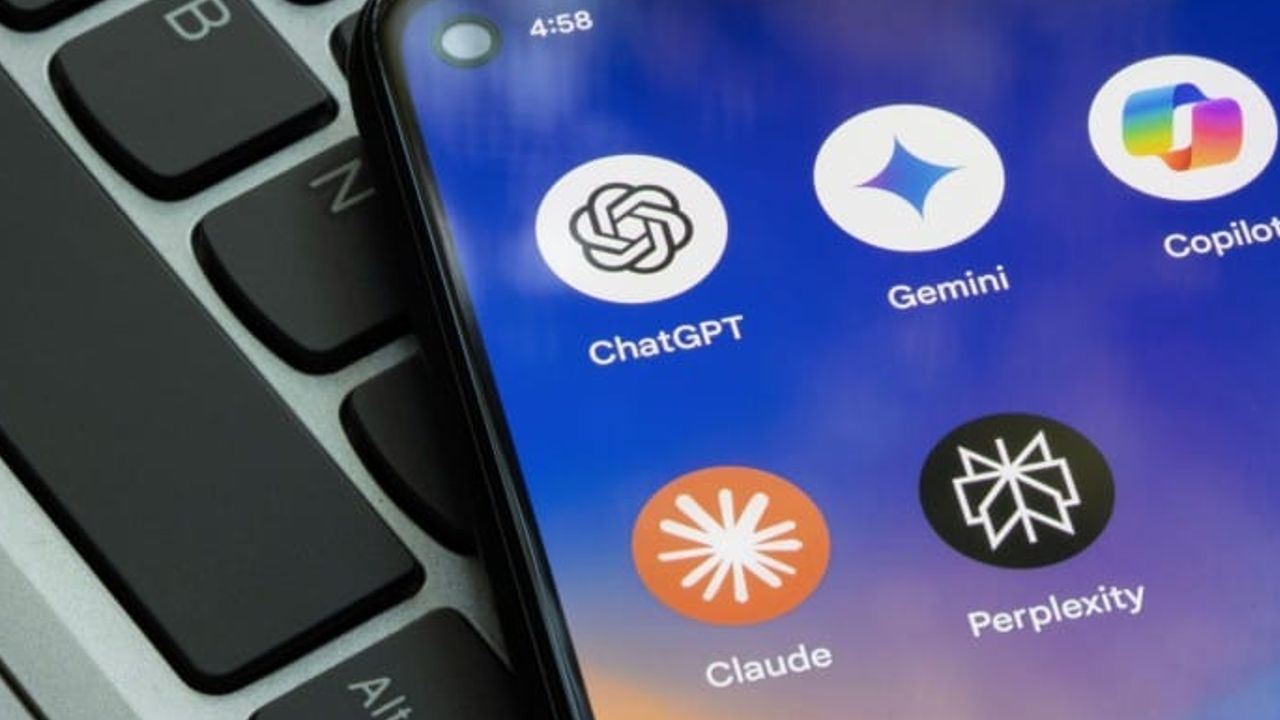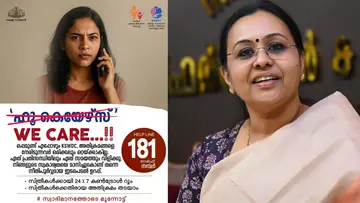Who Gets Represented in the Age of AI?

Albin C Jose
Published on Apr 07, 2025, 12:01 PM | 3 min read
We live in the time when AI in the field of information and communication technology is making its amazing paces. The impact of AI on our everyday lives is remarkable. Whether we are scholars, teachers, or employees, we constantly use a wide variety of artificial intelligence tools, and we cannot pretend not to see their admirable potential. By ensuring equal knowledge-acquisition for all,these kinds of AI tools help in reducing the inequality in educational sector, at least to an extent.They also introduce creative learning methods which ensure the studies more engaging. The opportunities AI open for of us are infinite.

For now, keep them all aside. Here, this article will try to remind you of some facts that not many people have talked about, but that we should be aware of.
Most AI tools, including ChatGPT, Character. AI, and Google Gemini, are originated and have their base in the United States. Hence their working methods, ideologies, and models too will be ‘Western’ in nature.If you closely observe these AI tools,you will be able see their certain features that follow the continuing patriarchal practices even in this century. For example, randomly ask ChatGPT to create an image of a company CEO. It will generate a cliché model of a ‘perfect’ white man in Western attire. Obviously, it won’t be a woman, a person of colour, or a short or fat person. But you won’t be surprised at all, because we all have an underlined pre-assumption about what is an ‘ideal’, and who should be ‘represented’.
It is not surprising that our younger generation is becoming ‘obsessed’ with Western ways and neglects local cultures. Because unfortunately, internet presents them typical, conventional models as the ‘ideal figures.’ It is obvious that such cliché models create an inferiority of ourselves and of our surroundings. The absurd quest for meeting the AI-generated beauty standards is terrifying.

Nowadays, social media platforms are becoming filled up with Studio Ghibli aesthetic pics. From a critical point of view, this ‘aestheticization’ too is problematic in several ways. This global trend promotes a homogenized aesthetic model that heavily rooted on conventional beauty standards. Isn’t it creating a ‘false image’ of us? Isn’t it deceiving us by creating a ‘flawless self’? Isn’t it an escapism from our reality? Isn’t it hiding the local contexts of us? …You might now think that we should leave at least this ‘innocent’ trend alone. But it is true that, this trend still can create a hierarchy of aesthetics, where our ‘local colour’ becomes inferior.
AI tool makers need to be sensitive and inclusive when choosing the references for representation, and when creating the ‘model’. Only then can an inclusive online space be created. Subverting biased practices and questioning stereotypes in AI technology will be a Herculean task. But still, at least we can be aware of the continuing biases and deceptions in the age of AI. We have a responsibility to take into account the pitfalls of the spaces opened up by the AI. We can be more sensitive and inclusive human beings unlike the ‘human-like’ machine intelligence. Let’s teach our young generation that we are beautiful with or without those Ghibli-like filters, and that we all are ‘perfect’ the way we are.
(Author is MA final year student in Institute of English, Kerala University)










0 comments